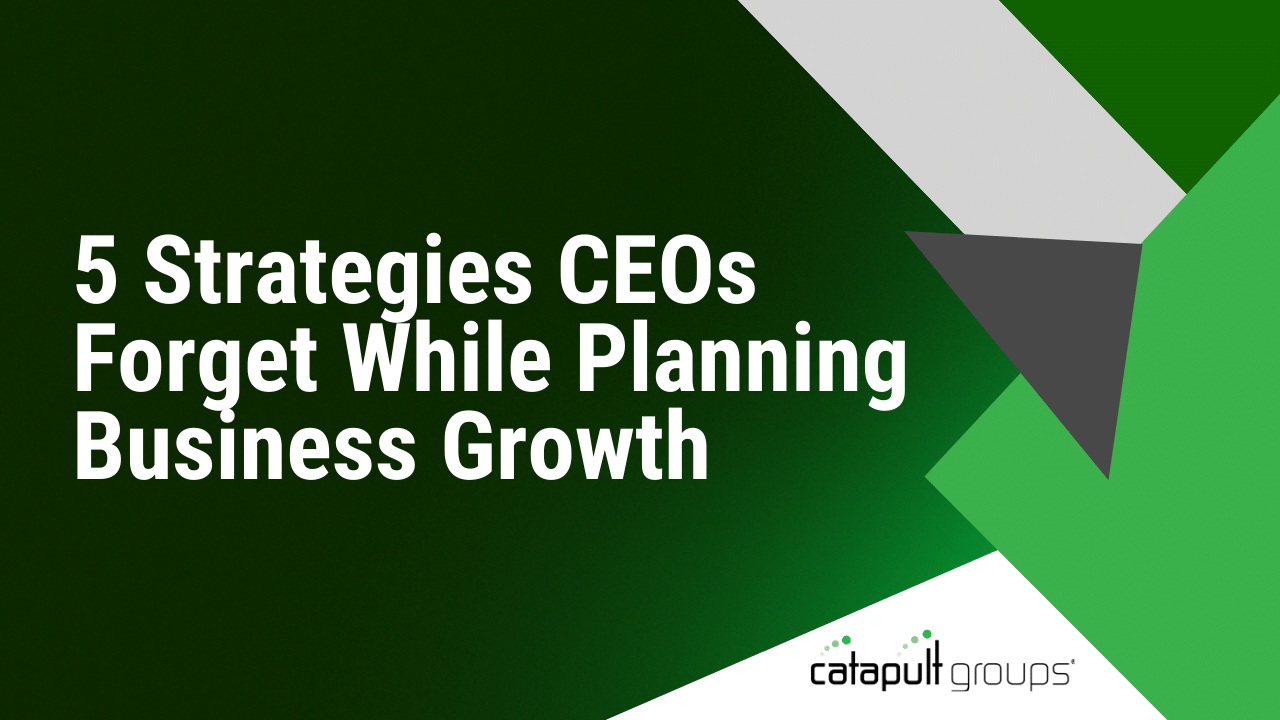Thoughts on Introducing a Price Hike to Your Customers
Every small business must at one point or another consider an increase in its prices. The trick is in doing so in a way that matches perception of value and doesn’t alienate loyal customers.
Strategy comes first
Before introducing any price increase, a business owner should carefully consider all factors affecting their current price structure. What current market forces affect both the supply chain and the manufacturing process or delivery of services? Have competitors raised their prices recently? Conversely, have they sought to undercut your business by lowering their prices?
Other decisions to make during the planning phase:
- What about raising prices for new customers only?
- Is it more advantageous to increase prices only for the 20% of customers responsible for the least profit?
- Which is better – implementing one major price hike or planning a series of smaller increases? A lot depends upon your customer base; some customers can safely absorb a single, substantial increase, while others may accept incremental hikes without choosing to desert you for a competitor.
- If you offer more than a single product or service, does it make sense to raise prices on some items but not others?
Include timing in your decision
There may be times in your business’s sales cycle or growth phase that make a price increase more acceptable to customers. If, for example, your business is influenced by seasonal considerations (like the Christmas holidays), a temporary price hike may be the wisest strategy to pursue.
Let customers know in advance
One cardinal rule relating to price increases: Never surprise customers and implement an increase without warning. Generally speaking, a one- to two-month advance notice is best. This enables customers to process this step and prepare their own system to absorb the increase. It also provides sufficient time for you to discuss the anticipated move with customers who balk at your decision and need some additional persuasion.
Be prepared to explain the increase
Most loyal customers will understand a one-time (or even occasional) need to hike your prices. But it will help with more recalcitrant consumers if you focus on communicating the ongoing benefits and value of your products. Where necessary, remind customers how your offerings solve their problems—especially their most challenging problems—and that your level of expertise is unmatched by others in the field.
Depending on the industry, but particularly in the B2B marketplace, customers will also understand the need for price hikes based on the higher costs of supplies or innovations in production that enhance the value of your product or service for their businesses.
Let’s be clear: Customer response to a proposed price increase will never be wildly enthusiastic. But a well-crafted and clearly delineated approach can help overcome most objections and further solidify your existing customer relationships.
Learn how CEOs and business owners like you are overcoming strategic and operational challenges to grow their business. Visit our YouTube page to hear from Catapult Groups members and Group Leaders on the importance of joining a peer advisory board.



